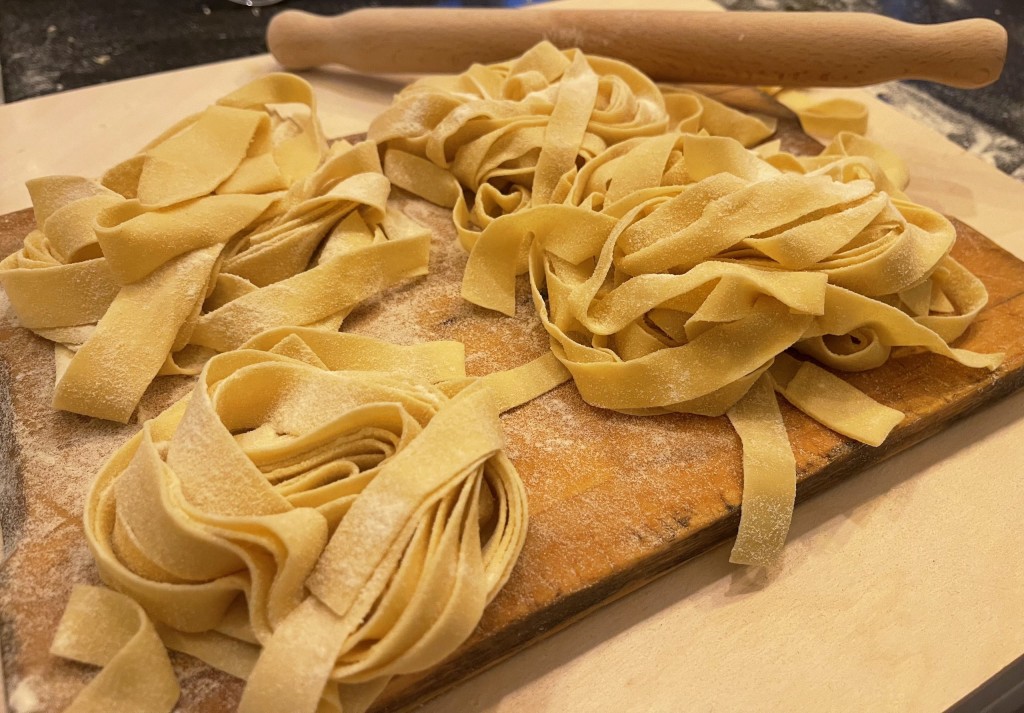Cooking food is an essential part of our daily lives, and it can transform raw ingredients into delicious and flavorful dishes. However, many people wonder whether cooking food affects its nutritional value, and if leftovers are still as nutritious as freshly cooked food. This article will explore these questions and provide some answers.
The Effect of Cooking on Nutritional Properties
Cooking can alter the nutritional properties of food in several ways. For example, cooking can destroy some vitamins and minerals, especially when food is cooked for too long or at high temperatures. However, cooking can also enhance the bioavailability of certain nutrients, making them easier for our bodies to absorb.
One study published in the Journal of Food Science found that cooking tomatoes increased the levels of lycopene, a powerful antioxidant that can help protect against certain types of cancer. Similarly, cooking carrots increases the bioavailability of carotenoids, which are essential for maintaining healthy skin, eyesight, and immune function.
Overall, cooking food can affect its nutritional properties in both positive and negative ways, depending on the cooking method and the type of food being cooked.
Are Leftovers Still Nutritious as Freshly Cooked Food?
When it comes to leftovers, many people assume that they are less nutritious than freshly cooked food. However, this is not always the case. In fact, some leftovers can be even more nutritious than their freshly cooked counterparts.
For example, when certain foods are cooked and then left to cool, the starches in them can convert into resistant starch. Resistant starch is a type of fiber that can help to promote healthy digestion, lower blood sugar levels, and reduce the risk of certain types of cancer.
Similarly, some leftover foods can actually increase in nutritional value over time. For example, fermented foods like kimchi and sauerkraut can become even more beneficial for gut health after they have been left to ferment for a few days.
Of course, not all leftovers are created equal. Leftover pizza or fried chicken may not be the healthiest option, as they tend to be high in fat, salt, and calories. However, leftover cooked vegetables, soups, stews, and other healthy dishes can provide a nutritious and convenient meal option.
Using food leftovers is also an excellent way to reduce food waste. Food waste is a serious problem, it has been estimated that 1.3 billion tons of food is wasted each year. One way to combat this issue is by using food leftovers in creative and resourceful ways.
Here are some suggestions:
- Plan ahead – One of the best ways to minimize waste is to plan your meals ahead of time. This allows you to buy only what you need and use up any leftovers from previous meals. Plan to use leftovers for lunches or dinners later in the week, or even freeze them for future meals.
- Get creative – Leftovers can be used to create new and exciting dishes. For example, leftover roasted vegetables can be blended into a soup or puree, or added to a salad or stir-fry. Leftover rice can be turned into fried rice, or used as a base for a hearty soup or casserole. (contact me for some fanciful recipes)
- Freeze it – If you have leftovers that you don’t plan on using within a few days, consider freezing them. This allows you to preserve the food for later use and can help to stretch your food budget. Simply label and date the container, and make sure to use the frozen leftovers within a few months.
- Use it as a snack – Leftovers can make for a quick and easy snack. For example, leftover roasted chicken can be chopped up and used in a sandwich or wrap, or used as a topping for a salad. Leftover cooked vegetables can be added to a hummus dip, or used as a topping for crackers or bread.
- Make homemade fertilizer for houseplants – Do not throw away the remains of your daily dose of caffeine – coffee grounds are another natural fertilizer. This is a cheap source of nitrogen, potassium, and phosphate. How do you know if your plants need it? A lack of potassium can often be identified by yellow, discolored, and weak leaves.
- Decalcify Naturally – The natural acidity of many types of food scraps is really helpful for cleaning purposes. Lemons are wonderful for cleaning, especially when it comes to fighting calcification and hard water spots. When a recipe does not require the juice of a whole lemon, turn the remainder of your sour citrus fruit into this little kitchen helper. I prefer this method to chemical decalcifiers, because it’s 100% natural.
- Clean sinks and mirrors. Let’s get back to another product we’ve already discussed, potato skins. Not only can these be turned into crunchy crisps, they can also help to get your mirrors and sinks clean. The high amount of starch found in this vegetable is great for this kind of work. Simply rub the dirty surface of your sink with the moist side of the skin, let it set for a minute, and then wipe clean with a moistened towel. For sparkling mirrors, ditch that blue spray and rub them with potato peels instead, then polish the surface with a soft, dry towel.
As briefly explained, many of the food items that we use on a regular basis can be used in more ways than we may think, so please, before you put those peels down the garbage disposal or scrape those food remains or through the coffee grounds into the trash can: consider your options, there are so many to choose from.
Read Also: The Colicchio Collection: Perfect Pairing by Food & Beverage
What is your experience with repurposing food scraps as household helpers? Do you have another great idea that is not listed here? Let me know about your favorite tips and tricks write me: attilio.borra@fbmagazine.co
This is it for now, until next time, I’ll see you in the Kitchen. Ciao.








